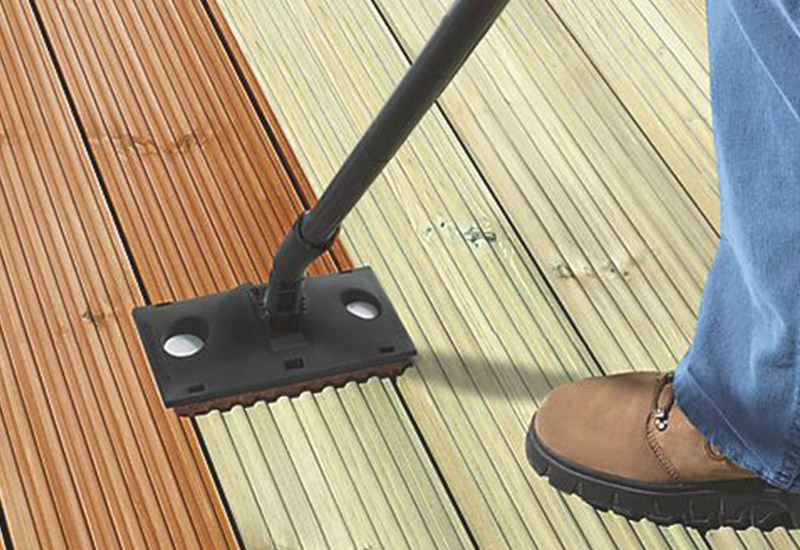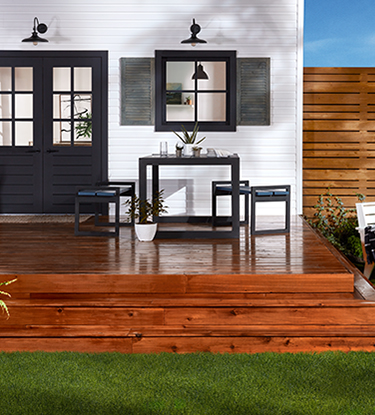Seal the Charm: Specialist Fence Staining and Sealing Solutions
The Importance of Routine Fence Discoloration: Preserving the Integrity of Your Fencing for Years to find
Normal fencing staining is crucial for preserving the long life and stability of your fence. Spending in normal fence staining can conserve you considerable expenses in the long run by stopping the need for costly repair work or also total replacement. Focus on fencing staining to protect your investment and appreciate a attractive and sturdy fencing for years to come.
Advantages of Routine Fence Staining
Regular fence discoloration offers countless benefits for the long-term conservation and resilience of your fence. One of the crucial advantages of routine fence discoloration is protection versus weather damage.
One more benefit of regular fence staining is enhanced appearances. In time, exposure to the components can cause the wood to fade or shed its natural charm. Discoloring the fence not just renews its appearance but also includes depth and splendor to the shade, boosting the general aesthetic charm of your home.
Additionally, fencing discoloration serves as a deterrent against insects and bugs. Particular sorts of wood are susceptible to invasions by termites and various other wood-boring pests. By applying a tarnish, you develop an obstacle that makes it much more tough for insects to penetrate the wood, decreasing the risk of damages and the need for pricey repair services.

Security Against Climate Aspects

Prevention of Rotting and Bending
Fence staining aids prevent warping and decomposing, making sure the long-term structural stability of your fencing. Over time, direct exposure to various climate conditions can trigger wood fencings to wear away.
Decaying happens when dampness permeates the wood, producing an ideal setting for bacteria and fungis to prosper. As these microorganisms damage down the wood fibers, the fencing comes to be weak and more vulnerable to collapse. Furthermore, the presence of rot can attract insects such as termites and carpenter ants, further exacerbating the damage.
Warping, on the other hand, refers to the bending or twisting of the fencing boards. When subjected to moisture and warmth, timber expands and contracts, creating it to warp over time. This can lead to undesirable spaces between the boards, endangering the personal privacy and safety and security offered by the fence.
Enhanced Visual Charm
Discoloring your fence frequently boosts its visual charm and adds to its lasting conservation. deck staining. While the primary objective of staining is to secure the wood from rot, parasites, and weather damage, it likewise has a substantial effect on the overall look of your fence
One of the immediate advantages of fence discoloration is the improvement of its natural beauty. A fresh coat of tarnish can revive the shade and highlight the grain of the timber, making your fence stand apart and come to be a prime focus of your residential or commercial property. Whether you like a traditional, natural wood appearance or an extra lively and contemporary color, tarnishing enables you to personalize the look of your fencing to match your style and preferences.
Additionally, regular discoloration aids to maintain the aesthetic charm of your fencing over time. deck cleaning. Without appropriate protection, a wood fencing can discolor, tarnish, and pall due to exposure to sunlight and various other elements. Staining acts as an obstacle versus these harmful elements, making sure that your fencing maintains its vibrant color and appealing appearance for years to find
In addition to maintaining the honesty of the wood, discoloration also aids to stop the development of mold, mold, and other fungis that can diminish the general visual charm of your fence. By securing the wood and preventing moisture breach, staining creates an unwelcoming environment for these possibly dangerous and unpleasant organisms.
Long-Term Expense Savings
Routine fence discoloration can lead to long-term price financial savings by avoiding costly fixings and replacements. When a fence is left unattended, it is subjected to numerous ecological factors, such as rain, snow, sunlight, and bugs, which can create damages with time. Without routine discoloration, the wood can come to be susceptible to decaying, bending, and fracturing, which may need extensive repairs or perhaps a full replacement of the fencing.
By investing in routine fencing staining, you create a safety barrier that helps to protect against and seal the timber moisture from permeating it (fence staining). This barrier not just boosts the fencing's sturdiness but likewise assists to maintain its structural integrity. Staining likewise offers UV protection, reducing the threat of fading and staining brought on by long term direct exposure to sunlight
Furthermore, discoloring your fencing can function as a deterrent for insects, such as termites, that can trigger significant damage to wood structures. The spots can contain chemicals that fend off these bugs, reducing the chance of infestation and the requirement for pricey extermination or replacement.
In the future, the expense of frequently tarnishing your fence is marginal contrasted to the costs connected with fixing or changing a scrubby fencing. By taking positive steps to keep your fencing's problem, you can extend its lifespan and appreciate the advantages of a well-preserved and attractive boundary for your residential or commercial property.
Conclusion

Regular fence discoloration is crucial for keeping the durability and stability of your fencing.Normal fencing discoloration offers many benefits for the lasting conservation and sturdiness of your fence. Spending in normal fence discoloration is a sensible choice for any kind of property owner looking to secure their fence versus the severe effects of weather components.
Fence staining aids protect against decomposing and deforming, ensuring the long-lasting architectural integrity of your fencing.In verdict, routine fencing discoloration is important for preserving the stability of your fence for years to come.